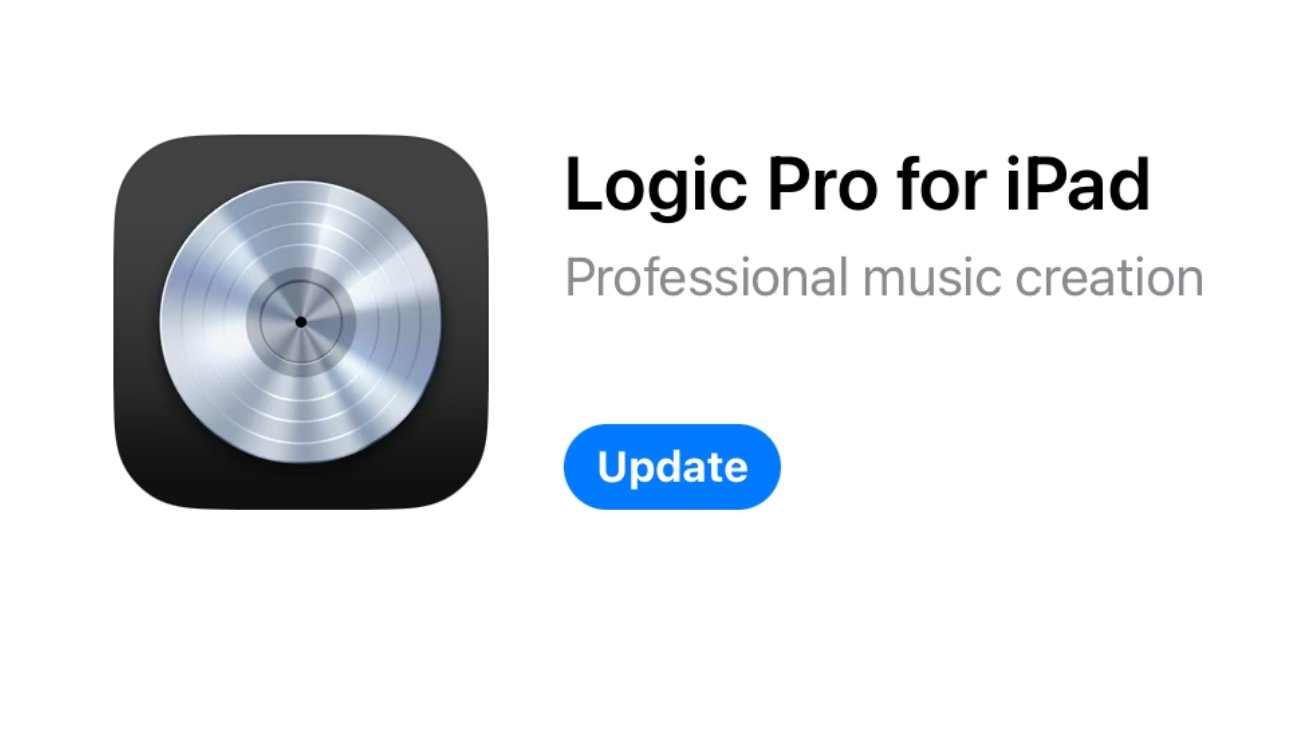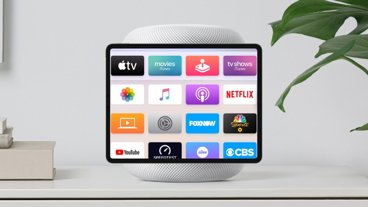The update to Logic Pro for iPad 2 announced at Apple's "Let Loose" event is now available on the App Store, as is the matching Mac app.
Logic Pro for iPad was already an exceptional Digital Audio Workstation app before Apple announced an updated version alongside a still forthcoming Final Cut Pro for iPad 2. It was later revealed that the Mac version of Logic Pro would be getting the same updates, and that has now launched too.
Apple's senior vice president of marketing, Greg Joswiak, announced the availability on Twitter.
Artists can take their music creation to the next level with the latest Logic Pro updates. They're available today and have amazing new tools like Stem Splitter, Session Players, and ChromaGlow that rock! pic.twitter.com/4s8b9QNgUI
— Greg Joswiak (@gregjoz) May 14, 2024
Most notably, the iPad update introduces the Stem Splitter feature which uses AI to separate one single music track into several. So without access to the master tracks, a user can take an existing song and split it into its constituent parts to work on.
Apple has also added new Session Players to its feature for generating tracks, and ChromaGlow, which is "designed to simulate the sound of vintage analog hardware."
All of the major new features either require an iPad with an M1 processor, or later, or Apple recommends it. There are Sound Library additions such as sampled basses and pianos that are available to any iPad that can run Logic Pro.
Logic Pro for iPad 2 is a free update to existing subscribers, and is available now in the App Store. There is a one-month free trial, and then the app costs $49/year or $4.99/month.
The Mac version of Logic Pro is a one-time purchase of $199. Its latest update, free to existing users, is in the Mac App Store, where it requires macOS 13.5 or later.
 William Gallagher
William Gallagher






-m.jpg)






 Charles Martin
Charles Martin


 Wesley Hilliard
Wesley Hilliard
 Stephen Silver
Stephen Silver


 Marko Zivkovic
Marko Zivkovic









4 Comments
If you have a four-voices chorus song… would it be able to separate each voice?
(It can separate voice, music, and rithm… but different voices?)
Stem spiltter works OK, but it's simplistic beyond belief after using UVR (UltimateVoiceRemover), which is available on GitHub. UVR is simple to use, too, once you learn your way around the interface. You can download numerous pre-trained models, such as remove reverb and remove echo, which work exceptionally well. I work in steps, removing delay first, then using the voice and instrument separation on a dry version, which then separates far better. To be clear, I am not trying to make Karaoke music from current pop songs, but rather remixing material from my recording studio done many decades ago that was done, all analog originally on 1" 8 track tape.
https://github.com/Anjok07/ultimatevocalremovergui